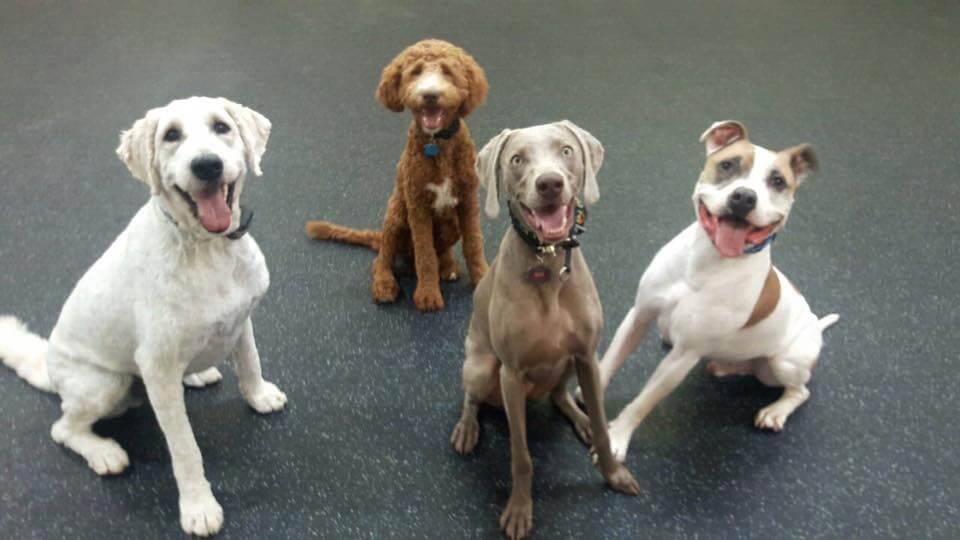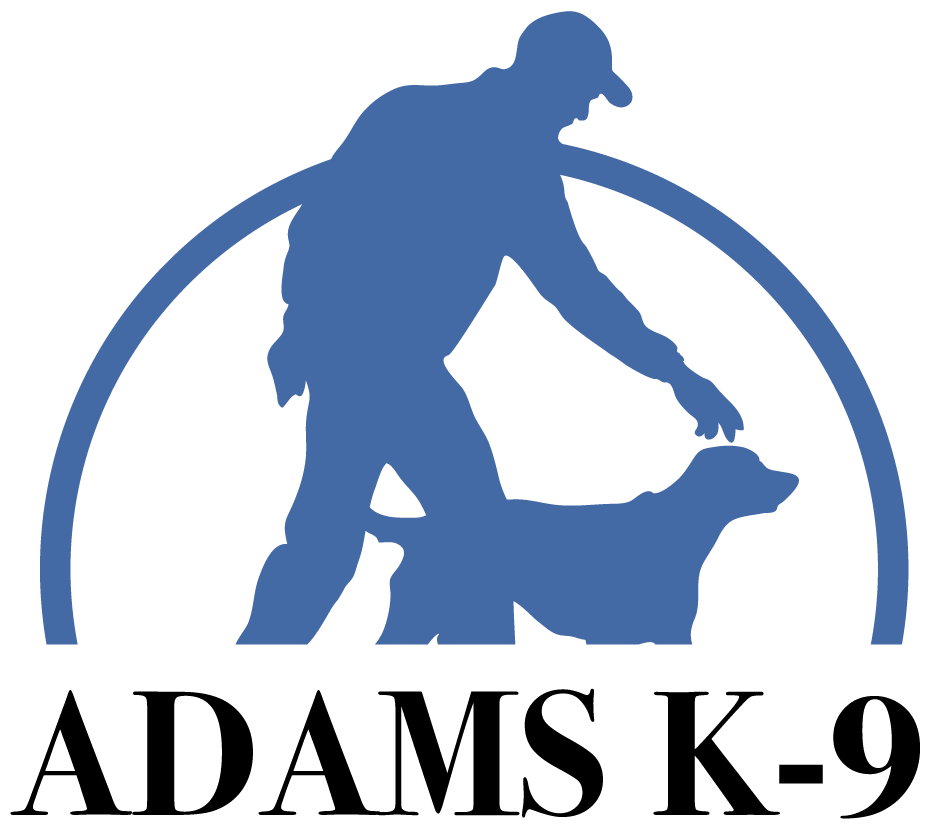 Dog training is the easy part, but training the human half is often more difficult. We have dogs come in for many of the same reasons: leash pulling, jumping, won’t listen, nuisance barking, and reactivity are just some of the things keeping people from living in harmony with their pets. With our training system, we can get the dog under control and off lead in 10–14 days.
Dog training is the easy part, but training the human half is often more difficult. We have dogs come in for many of the same reasons: leash pulling, jumping, won’t listen, nuisance barking, and reactivity are just some of the things keeping people from living in harmony with their pets. With our training system, we can get the dog under control and off lead in 10–14 days.
What happens after that,however, is really up to the owner. I see many owners giving their dogs mixed signals. They show affection at the wrong time, don’t discipline when needed, and lack structure. It’s important to know that for training to work, the whole family has to be on board. It has nothing to do with being mean to the dog, it’s just understanding the basic way a dog’s mind works. The dog is not your baby, child, kid, or human companion. It’s a dog, period. Treat him like a dog and you’ll be on your way to a well-mannered, happy pet. Spoil your dog and you will have a bratty dog no one wants to be around.
Once we have taught the dog rules and structure, we teach the owners. We don’t go home with the dog, so what happens in the home is up to the human. I can tell the who continues to baby their dog and treat it like it can do no wrong. People won’t discipline their dog because they don’t want to hurt it. I have seen people with reactive dogs that, if given the opportunity would attack another dog, and the owners are afraid of correcting the dog and telling it to stop. When I say discipline, I am saying communicate with the dog so it knows you do not approve of the behavior and it needs to cease and desist. If you don’t communicate NO with your dog, the dog will continue the behavior.
Reactivity and aggression issues develop over time. Lack of rules and structure in the home is how it begins. Spoiling the dog is how it begins. Making excuses for the dog is how it begins. As I sit at my computer writing this, my sons Randy and Bo are on their way to our house for a visit from Austin, Texas. I will be putting my dog Bracha’s remote collar on because for some reason she doesn’t like Bo. She never has. She growls and tries to herd him in our home.
So, guess what happened? My boys arrive, and Bracha is on her best behavior. She rolls over on her back and allows Bo to scratch her tummy. He pets her in between attention that he gives to our other dog, Titus. Bracha is on her best behavior- good girl Bracha! Bracha is a good girl because she knows there are consequences for bad behavior and that good things happen when she is good.
As dogs learn, you spend a lot more time saying yes and praising than saying no. If you find yourself telling your dog no all the time you are not communicating well with your dog. Dogs will give you 100% once they know what is expected and what the rules are. The keys to having a well-behaved dog include:
- Clear Communication
- Rules
- Structure
- Reward
- Pressure
I specialize in remote collar dog training. This is how I effectively communicate with my dog. I also use rewards to communicate, “Yes, do that.” Have you ever been around children that don’t listen to their parents and are brats? It is not the child’s fault, as they’ve learned that behavior due to inconsistency of the rules by the parent. No needs to mean no. If the child knows if they keep it up they will get their way, you lose. It’s the same with dog training. If someone comes in for an evaluation and their kids don’t listen and are disruptive I know this dog is going to struggle because of the lack of consistency from the parent. If the children are well-behaved and polite I know our training is going to be successful. It’s all about what goes on in the home.
When dogs come to our facility for training we teach rules that have not been enforced before. The rules are no leash pulling, no jumping, no barking, no biting, no food stealing. There are a lot of “no’s” that we teach. We also teach “yes”. Yes walk on a loose leash, yes come when called, yes sit when we stop, yes sit at the door, yes place, yes wait and so on. The rules are set in stone, and there is no wiggle room. Dogs just do it. When teaching rules, you have to be consistent and persistent.
Structure is how you run your household. Well-behaved dogs stay off the furniture, wait when I open the door, don’t run in the house, don’t rough house, don’t beg, and so on. Likewise at our home, my children have a routine. We always say “please” and “thank you”, make our beds, brush our teeth, and pick up after ourselves. If your home structure becomes a routine, the dog, like your children, will give you 100%.
I reward during dog training in a variety of ways and sometimes it depends on the dog we are teaching. I love using food, but some dogs are not motivated by food. Some of the dogs that come for training have anxiety and nervous issues. We don’t eat when we are nervous, so we have to figure out a way to praise the dog. It can be voice inflection, petting, and calm serenity. Being calm and peaceful can be a reward, especially for the nervous dog. A calm, cheerful yes or a pet under the chin can go a long way. There needs to be a balance. Too much praise is not a good thing. You don’t have to praise every time your dog does something. In fact, putting your dog on a variable-ratio reward schedule is the best way to maintain consistent behavior.
People do get themselves in trouble when they are overly enthusiastic with their dogs. If you own a high energy dog you need to stay calm, speak quietly and pet slowly. High pitch, fast talking baby talk puts the dog into overdrive and excitability, so you can imagine why they jump all over you and everyone else that comes to your home. Help your dog out and be calm. This one is an easy fix. Please stop talking baby talk to your dogs, or you will create a hyper, spoiled monster. When I work with dogs I speak softly, move at a pace the dog enjoys, and communicate effectively.
If you are having issues with your dog and need help, seek professional advice. Dogs can be difficult due to genetics. They maybe stubborn, high energy, independent and so on. All dogs can learn and be trained Everyone wants a happy, well-behaved member of the family and I feel we can help you attain that. However, it does take commitment and the willingness to change how the family interacts with the dog. Please contact us if you would like more information on our training programs. We are located in Grand Rapids, Michigan and offer free evaluations.

